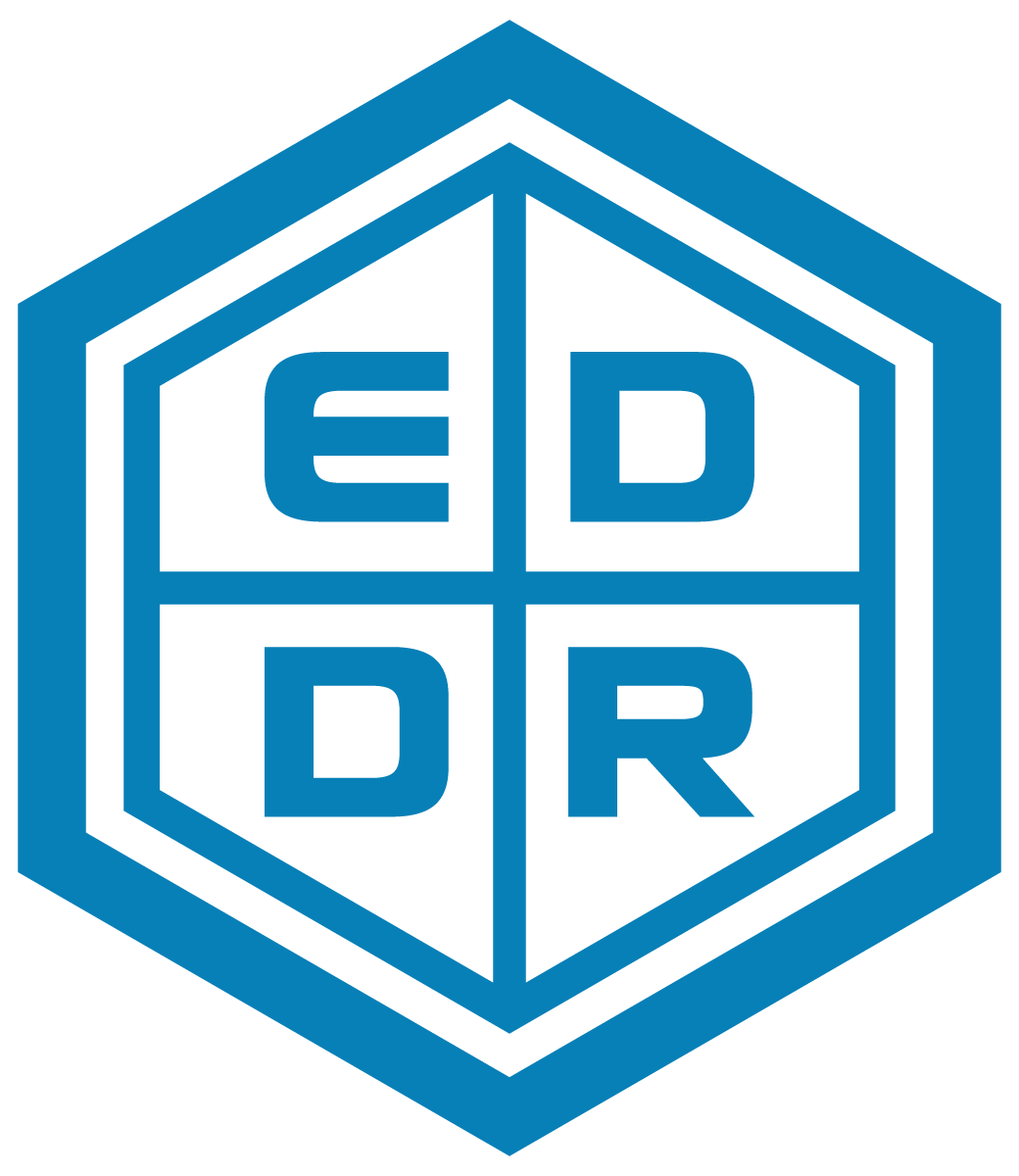Volume 3: Building Resilience & Empowering Data Users
Buy Volume 3
Get the ebook from LeanPub (preferred)
The ebook is available in multiple formats, DRM-free, for “pay what you can” with a suggested price of $19
Also available now in Kindle and in print through Amazon.
Suggested Citation
Geller, Wendy, Cratty, Dorothyjean, and Knowles, Jared. 2024. Education Data Done Right III: Building Resilience & Empowering Data Users. Victoria. Leanpub. Available online: www.eddatadoneright.com
Chapter Summaries
To start, Wendy provides a “warts and all” jaunt through what the four years of leading her
Division were like (shocker, they were tough!), including how they weathered the Pandemic by
doubling down on their DataOps practices. She discusses how her Work Family was facing some
pretty daunting challenges and how they came through for the State of Vermont by internalizing
Lean principles, being willing to “just try things”, and implementing an Azure DevOps
environment where they collectively track and manage their work asynchronously.
Next, DJ shares some powerful approaches to leveraging publicly available aggregate data. In
particular, she outlines “the big interrelated three,” namely the Civil Rights Data Collection
(CRDC), the Common Core of Data (CCD), and the EDFacts submissions. She details what
these big collections include, how they function, and what their strengths and caveats are so you
can use them with confidence in your work. She wraps this chapter up by carefully discussing
how some elements of data quality will challenge valid analytic use and offers some suggestions
based on her many years of experience working with these data.
DJ follows that with a chapter on the many different types of student household-income
measures we find in education data—some at student level, others at school level only. She
fleshes out the distinctions between individual student free-lunch eligibility, community
eligibility provisions covering all students in qualifying schools or districts, direct certification in
household income-support programs that qualify those schools, and finally, school neighborhood
income-poverty ratios. She walks us through the different measures, illustrating why it really
matters which ones you choose to use.
She then shares some findings about these student household-income factors in school
opportunities and outcomes from her statewide student longitudinal research papers which
followed students through all classes and programs from 2nd to 12th grade. This section
examines two additional measures—household Census Block income estimates and parent
education. The findings illustrate the powerful effects student household-income and
socioeconomic status measures have—in every aspect and at every stage—of longitudinal data
analysis.
Next, Wendy’s back with some thoughts about how and why the “people work” is some of the
most important stuff you’ll do as she shares how her Division created the first Data Science
classification in the State of Vermont’s human resources system. She shares how the process
worked and what she and her Data Leadership Team needed to do in order to break that ground
by navigating both Vermont’s State Employees’ Union and the Human Resources Department.
Finally, we close this volume, and the series, with some reflections on applied data science and
why what you do is important. We share our sentiments about how systems thinking and some
good ol’ fashioned willingness to try can sometimes be just the magic elixir organizations need
to make and sustain the change needed to become data oriented.
Table Of Contents
What Folks are Saying About the EDDR Series
Acknowledgements
The Editors
Reviewers
Production Team
Introduction
Why You Should Keep Reading This Book
What’s in Volume III, You Ask?
Need a Fighting Chance? DataOps Can Help
Introduction
October 2018–DMAD Created
The Work Shark
New Paradigm
Started with Kanban, Graduated to Azure DevOps
Measure the Work, Iterate Strategically
March 2020
Wikis and Roadmaps and Dashboards, Oh My!
My Mom: My Original Lean Mentor
Exploring Greater Potential in Combining Public Data
Who Uses Aggregate Data and Why
Overview of Major Public Aggregate Data Sources
Accessing the Data and Metadata
The Big Interrelated Three: CRDC, CCD, and EDFacts
Civil Rights Data Collection (CRDC)
Common Core of Data (CCD)
EDFacts Data
Aligned Tests, College and Career Measures, and P-K
Conclusion of Inventory and Introduction to Use
Differences Across the Collections Can Be Useful
Differences Across the Years Can Be Useful
Differences Across School Types Are Important
Meeting the Challenges of Student Household Income Data
Important Distinctions Between Available Income Data
Free and Reduced Lunch (FRL) Data as the Long Term Gold Standard
Community Eligibility Provision (CEP) Means No More Free Lunch Data
NAEP etc. Household Income May Not Be Comparable Across States and Years
Direct Certification Programs Have Variation That CEP Lacks
School Neighborhood Income-Poverty Ratios Capture Full Income Distributions
Student Longitudinal Effects of Household-Income Differences Beyond FRL
Comparing FRL, Parent Education, and Census Household-Income Estimates
Student Household-Income Effects on School Opportunities and Outcomes
Conclusions
Being Water: Why the “People Work” Won’t Compress and That Can Be OK
DataOps Starts with Culture and People
DMAD: 2018
Using Physics
Do the Work
Working on the Work
“Let’s Try It”: Creating a Learning Environment
Reflections: Making a Path Towards Sustainability


